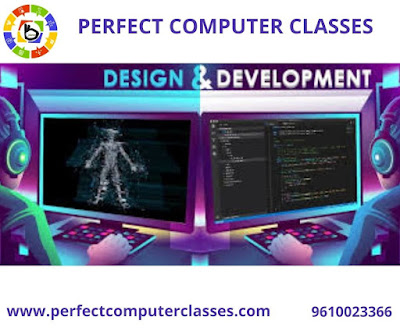What Are Real-Time Embedded Systems?
Real-time systems are computer systems that monitor, respond to, or control an external environment. This environment is connected to the computer system through sensors, actuators, and other input-output interfaces. It may consist of physical or biological objects of any form and structure. Often humans are part of the connected external world, but a wide range of other natural and artificial objects, as well as animals, are also possible.
\
The Embedded System Training in Jaipur must meet various timing and other constraints that are imposed on it by the real-time behavior of the external world to which it is interfaced. Hence comes the name real time. Another name for many of these systems is reactive systems, because their primary purpose is to respond to or react to signals from their environment. A real-time computer system may be a component of a larger system in which it is embedded; reasonably, such a computer component is called an embedded system.
Applications and examples of real-time systems are ubiquitous and proliferating, appearing as part of our commercial, government, military, medical, educational, and cultural infrastructures. Included are
\
The Embedded System Training in Jaipur must meet various timing and other constraints that are imposed on it by the real-time behavior of the external world to which it is interfaced. Hence comes the name real time. Another name for many of these systems is reactive systems, because their primary purpose is to respond to or react to signals from their environment. A real-time computer system may be a component of a larger system in which it is embedded; reasonably, such a computer component is called an embedded system.
Applications and examples of real-time systems are ubiquitous and proliferating, appearing as part of our commercial, government, military, medical, educational, and cultural infrastructures. Included are
- vehicle systems for automobiles, subways, aircraft, railways, and ships
- traffic control for highways, airspace, railway tracks, and shipping lanes
- process control for power plants, chemical plants, and consumer products such as soft drinks and beer
- medical systems for radiation therapy, patient monitoring, and defibrillation
- military uses such as firing weapons, tracking, and command and control
- manufacturing systems with robots
- telephone, radio, and satellite communications
- computer games
- multimedia systems that provide text, graphic, audio, and video interfaces
- household systems for monitoring and controlling appliances
- building managers that control such entities as heat, lights, doors, and elevators




Comments
Post a Comment